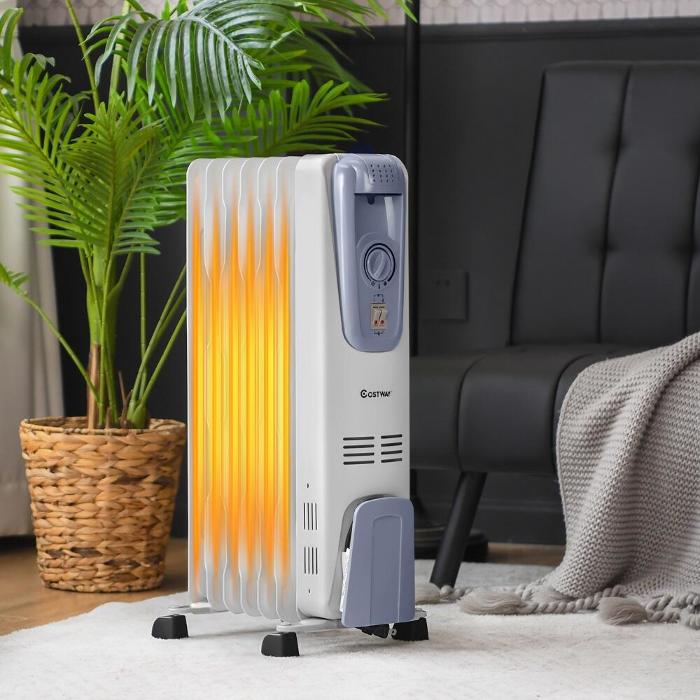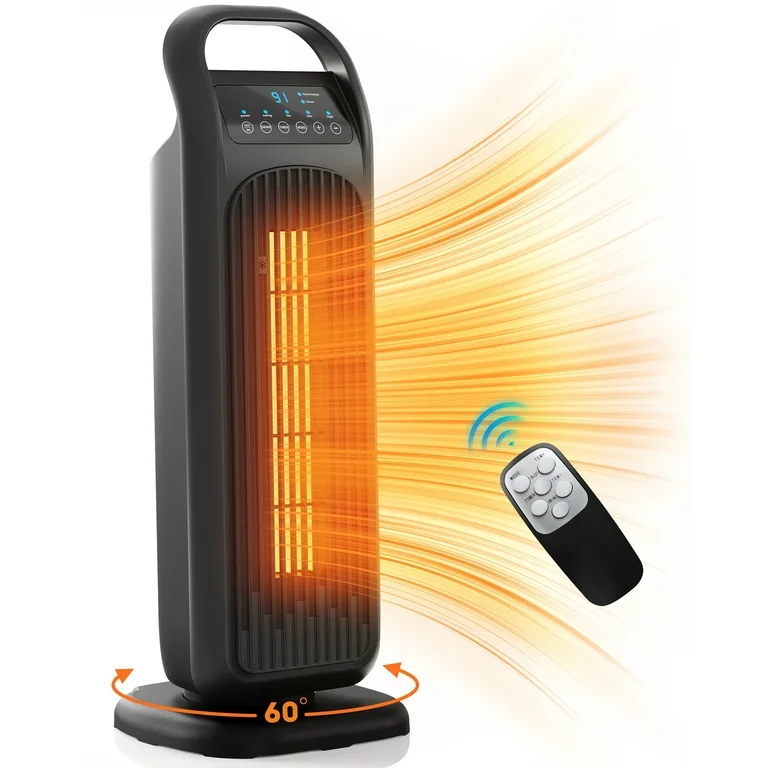What Does 1 Source Portable Air Do?
What Does 1 Source Portable Air Do?
Blog Article
Some Known Details About 1 Source Portable Air
Table of ContentsNot known Factual Statements About 1 Source Portable Air The Of 1 Source Portable AirNot known Details About 1 Source Portable Air Excitement About 1 Source Portable Air1 Source Portable Air Fundamentals Explained
Running expenses are based on a power cost of 40c/kWh. The costs for 3 months' usage in winter months are based upon 500 hours use, or around 6 hours per day for three months. Optimum heat outcome is based upon the optimum power level of the models we've checked (we concentrate on higher power level heating systems).
This depends upon what price you're checking out upfront purchase, or running expense? Customarily, there are trade-offs with either selection. On average, little follower heating units are cheaper to buy, however can have higher running costs. Oil column heaters will certainly be the cheapest on the market to run (usually) yet just by a narrow margin in advance of convection heating systems (like panel and micathermic panels).
The 10-Minute Rule for 1 Source Portable Air
If you have a reversible ceiling follower, it'll help disperse the warmth around the area much more equally. The designs in our electric heating systems examination usually array in price from well under $100 to over $900, yet we have actually discovered a greater price does not always mean much better efficiency. A number of costly heaters have failed to thrill our testers, while some more affordable designs produce surprisingly bargains.
As the name recommends, they radiate warmth from a heated home heating element (so the family will need to take turns being in front of it). There are floor and wall-mounted models available. Glowing heating units are fairly low-cost. They have a cosy radiance and personal warming impact, like being in front of a fire.
The reasonably subjected heating component can be a fire and security risk. A piece of clothing went down over it may stir up, or tiny kids playing around a flooring model might burn themselves, so be cautious. Glowing heating systems normally cost between $20 and $200. Oil-filled column heating units don't really melt oil they use electricity to warm the oil that's sealed inside their columns or 'fins'.
Some Known Details About 1 Source Portable Air
Some column heaters aren't even oil-filled but instead utilize various other product or home heating technology to work the exact same method - 1 Source Portable Air. The danger of fire with an oil column heating system is reduced contrasted to various other heating system types, however never ever no. Oil heating systems do not have actually subjected aspects like glowing heating units do, and their surface area temperature level is less than several various other heating unit types (their huge surface offsets it)
Oil column heating systems will not take off, and while they do not shed their oil to create warmth, it's still combustible, so there is a fire threat if the oil leakages, if the heating unit topple and leakages, or if flammable objects or textile enter call or fall on the heating unit. You must exercise the very same level of caution with oil heaters as for various other browse this site heating system types, and never hang towels or garments over one to dry them use a drying out shelf rather, at the very least one metre away.
Column heating units are particularly useful in areas content where they'll be activated for long periods of time or where they'll run ignored, such as overnight in a bedroom. The surface areas you're likely to discuss a column heater do not get as warm as other kinds of electrical heating units. You can utilize a ceiling follower on extremely reduced speed to help the column heating system to disperse the warmth much faster and more evenly.
If there's very little air motion (as an example, if you're sitting analysis or enjoying TV), the warm might not be distributed evenly. Oil-filled column heating units usually cost in between $50 and $450. Convection and panel heaters attract cool air over an electrical burner. The warmed up air after that leaves the heating unit and increases towards the ceiling, while cooler air actions in to replace it.
Excitement About 1 Source Portable Air

Convection and panel heating units are much more mobile than their oil-filled column heating system equivalents since they're considerably lighter. They'll heat up the air in an area equally and promptly. Like a column heating unit, you can use a ceiling fan on extremely reduced speed to disperse the warm faster and extra uniformly. Some versions, specifically panel heating units, are comparatively expensive to buy.

What Does 1 Source Portable Air Do?
Follower heating units are typically smaller and a lot more portable than various other electric heaters. They also are available in the form of tower fan heating systems, which can be much better for dispersing heat around larger rooms due to their taller account. They can heat the air in a space a lot more quickly, equally and swiftly than some other heating unit kinds.
They can be fairly loud with the follower on full power, however are normally sensibly quiet at lower fan speeds. Fan heaters (ceramic or otherwise) typically expense between $60 and $900. Ceramic fan heaters aren't always any type of various in cost to non-ceramic versions. A reasonably current participant right into the customer market, infrared heaters heat up the space like the sunlight heats your face (without the UV rays so no risk of skin cancer cells). 1 Source Portable Air.
Report this page